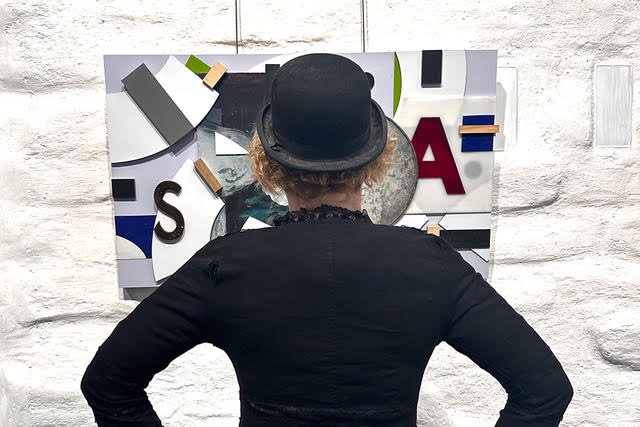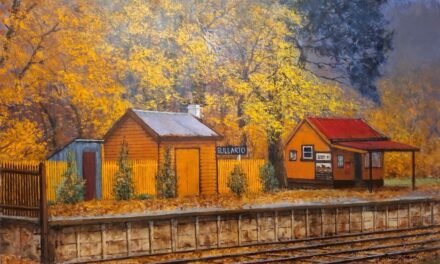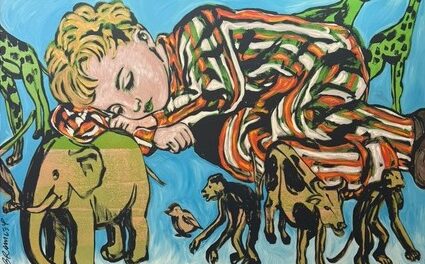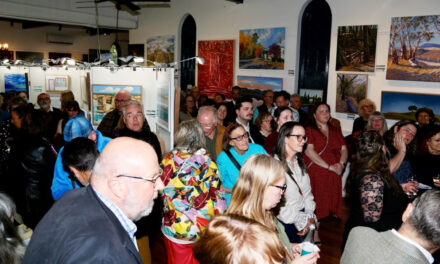Morgan Williams
Looking for depth in art has been a lifelong journey for me. I remember one of the first moments back in primary school, when we were asked to draw family portraits. Mine was simple: just me, small, next to my parents towering over me. One girl had three siblings, so her drawing took longer. But there was something curious about it. All the heads were perfectly aligned, and the kids floated at the same height as the parents. When the teacher asked why, she said, “We are the same.” A few kids laughed. But the image stayed with me. I now understand what she might have meant was that she felt seen and heard, with a sense of equality. She had possibly drawn the heads in alignment to express her sense of belonging. That was my first real encounter with depth in visual art.
I’m currently studying Creative Education, and one of the topics we’re exploring is Surface Structures vs Deep Structures. Surface structures are everything you notice the moment you walk into a classroom, like a teacher speaking at the front or a group of students sitting in a circle discussing ideas. In more adventurous classrooms, you might even find graffiti walls or splashes of paint. This is creative education, after all!
In contrast, deep structures are less visible. They include learning outcomes, the subtle ways a teacher guides thinking, and the underlying concepts being taught. These are harder to see or define. In my own classes, deep structures occur when I ask students to find unseen meanings in each other’s work, to categorise, analyse, and critique. It’s about teaching them how to think, not what to think.
The messages behind and beyond the image fascinate me. I often hear artists ask why their work isn’t more valued or why it’s overlooked for prizes. Maybe the meaning is concealed or misunderstood. Or perhaps there’s no intended meaning at all. Some art is loved purely for its surface structure, where its beauty is the intent. Other works exist solely to express meaning, sometimes known only to the artist.
I invite you to visit the Swiss Italian Festival Landscape Exhibition at Radius over the next month. Take a walk around and notice what really draws you in, what speaks to you aesthetically at the surface level. Then, take a second look. Are there any hidden meanings? Stories? Layers? Maybe you’ll find something unexpected.
And don’t forget to vote. People’s Choice entries are near the front door as you leave. Unfortunately, you can only vote once, so make it count. Enjoy!
Oh, and please join us for a celebration on the 25th Oct 4-6pm when the prizes will be announced and bubbles flowing!
Morgan Williams is the co-director with Kim Percy of Radius Art Space. His art practice spans a 30 year period and explores a diverse range of mediums and topics.




